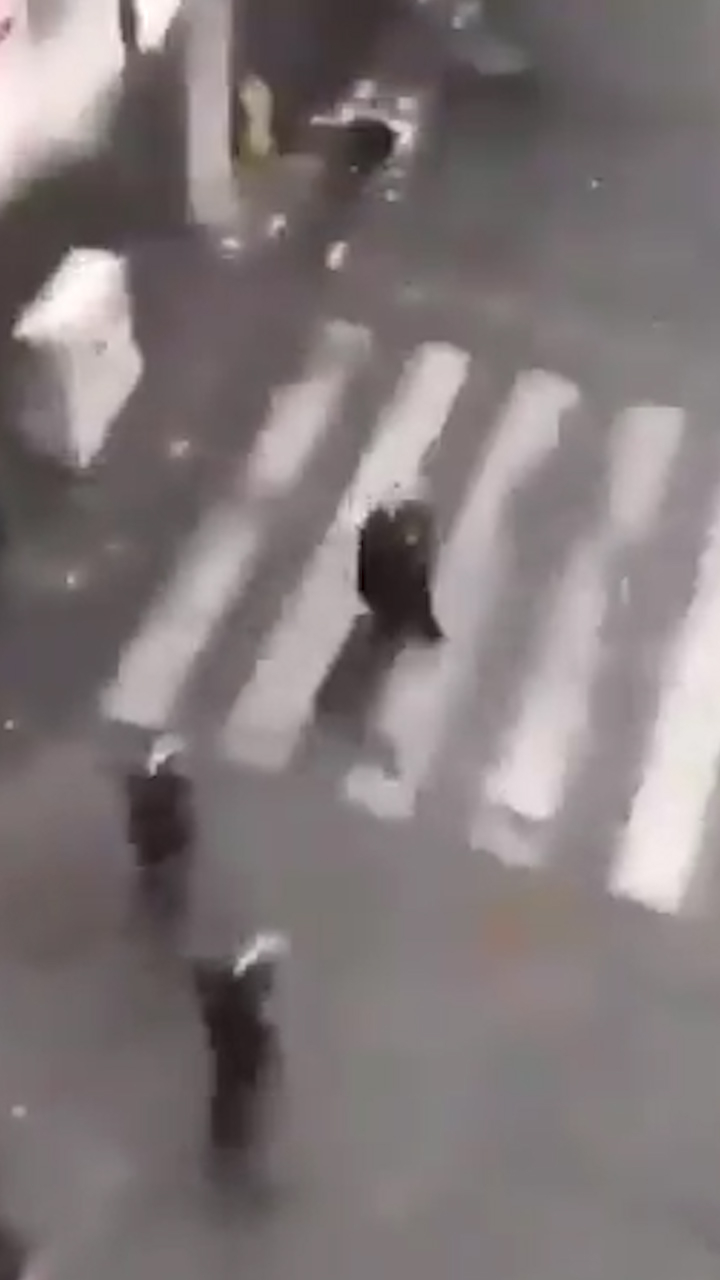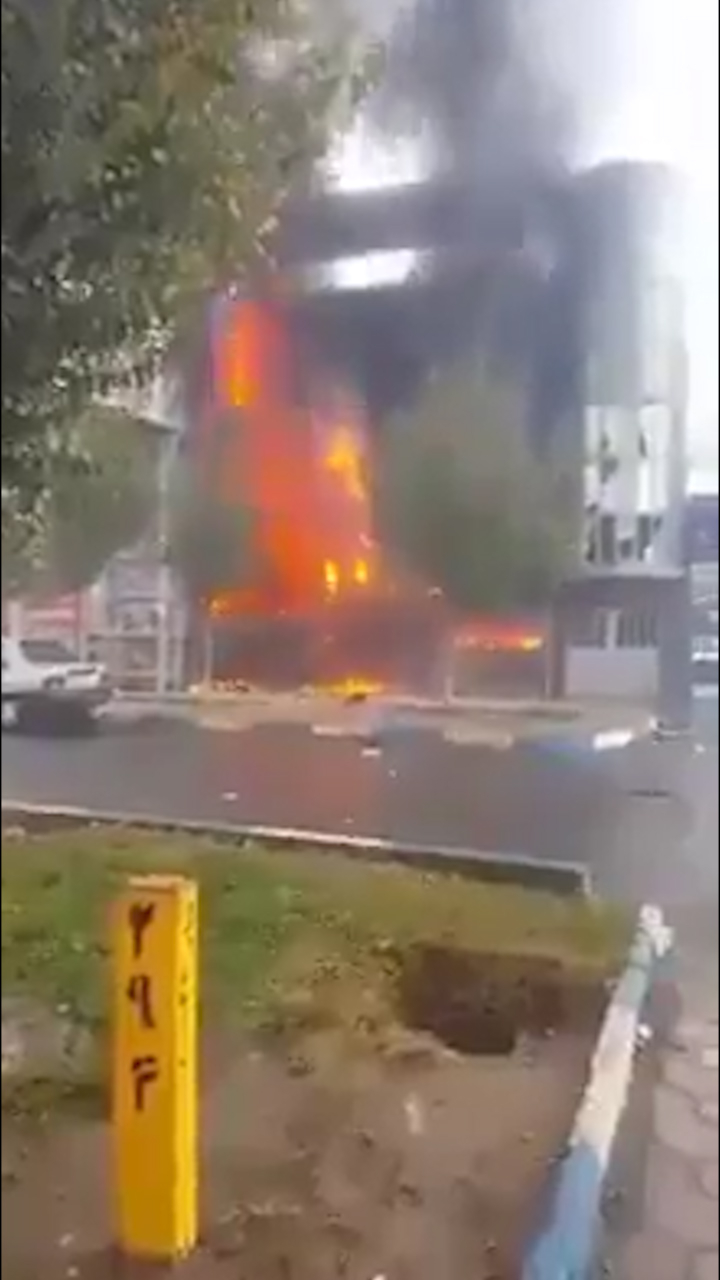Iran gave a glimpse on Wednesday into the scale of what may have been the largest anti-government protests in the 40-year history of the Islamic Republic, with an official saying 200,000 people had taken part and a lawmaker saying 7,000 were arrested.
Iranian Supreme Leader Ayatollah Ali Khamenei, in his strongest remarks since the unrest peaked, described the two weeks of violence as the work of a "very dangerous conspiracy." He also said the unrest, initially sparked by fuel price hikes, had been completely quelled.
00:10

Iran has given no official death toll.
London-based Amnesty International has estimated more than 140 people were killed in the protests, AFP reported while the Human Rights Watch accused Iran on Wednesday of "deliberately covering up" deaths and arrests during a crackdown on demonstrations this month.
Tehran has rejected this figure.
The mostly peaceful demonstrations were brought upon by a fuel subsidy cut which nearly tripled gas prices for the already economically embattled people. Iran is among the three countries with the cheapest gas in the world, which also includes Venezuela and Sudan.
According to Tehran's governor, about 70 percent of the country's provinces experienced unrest.
The government's explanation for the price hike was to fight gasoline smuggling, but many aren't buying that argument.
Even with the rise in price, oil in Iran is still about half of that in neighboring Iraq and Afghanistan, and smuggling on a large scale is still very profitable.
01:11

The reason for the protests stems from pressures on the lower and middle economic classes. Since the U.S. withdrew from the nuclear deal and reimposed sanctions on Iran, the economy has suffered greatly. Iran's GDP contracted 3.9 percent in 2018 and has already shrunk more than that in 2019. The IMF forecasts inflation to hit 50 percent, and in July 2019, its inflation hit a 23-year-high.
All this compounded the economic strain on many Iranians when the government decided to lift fuel subsidies. When people took to the street on November 15, the government cut off the internet. Some reports claim more than 100 protesters were killed by Iranian security forces during demonstrations. Iranian state media reported a small number of killings, as well as the death of at least four security forces personnel.
Video footage has emerged since the internet lockdown was lifted, showing Iranian forces using live ammunition, water cannons and tear gas on protesters.
Residents and state media said mobile internet was restored in the capital Tehran and several other areas on Wednesday, after fixed-line internet was partially reconnected on Monday.